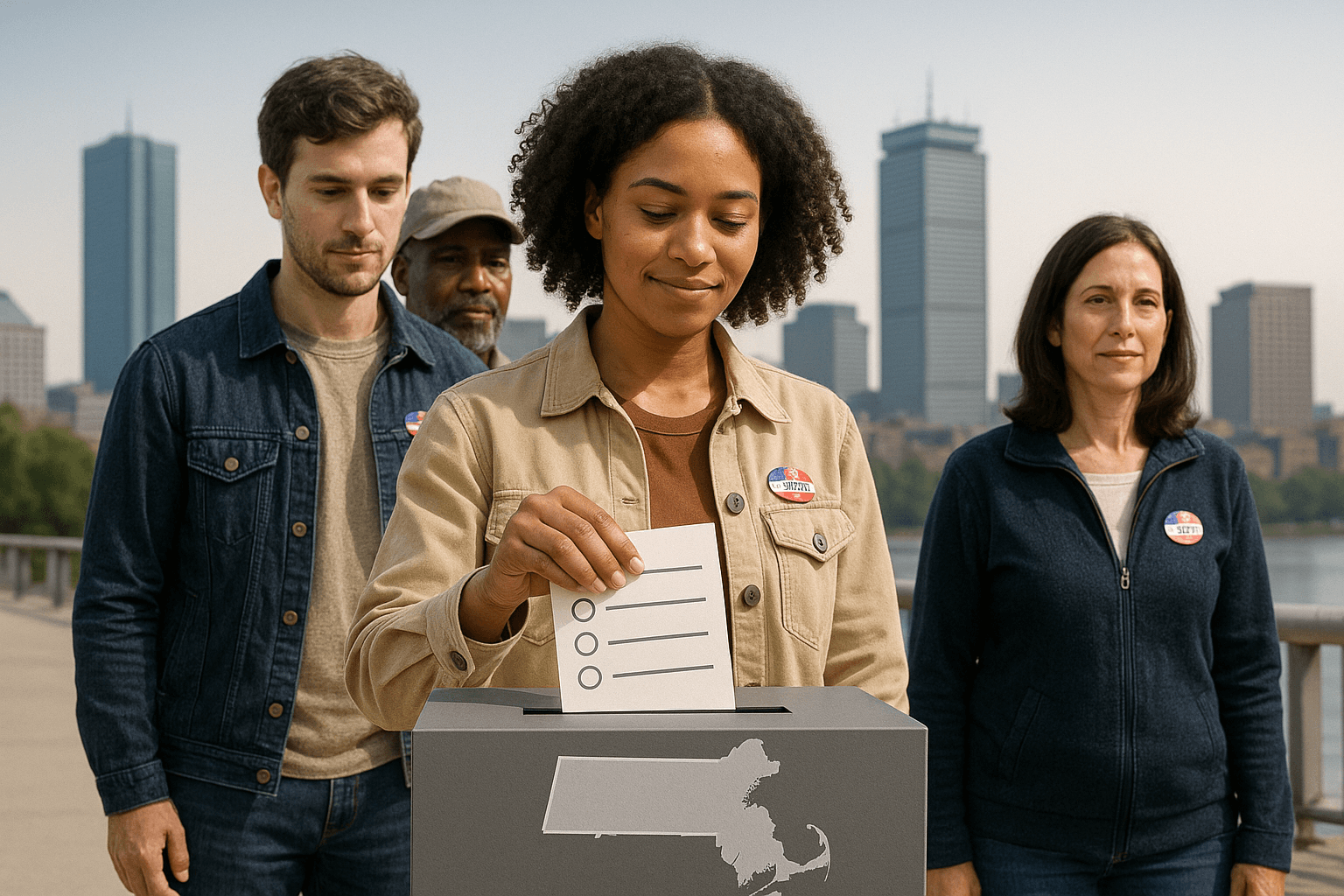On Top of New Tariffs and Proposed Vape Ban, Calif. Cannabis Retailers Also Face an Excise Tax Hike

SACRAMENTO, CALIF. - As California’s legal cannabis industry heads into the second half of 2025, store owners are facing a combination of rising costs that could further disadvantage them against the state’s still-thriving illicit market.
A scheduled increase in the state excise tax this July and new federal tariffs on commonly imported cannabis supplies are expected to raise prices at the retail level. These price hikes could drive more consumers to the unregulated market, where products are untaxed, widely available, and unsafe.
State officials and industry analysts alike point out that when legal prices rise too high, the unlicensed market becomes more attractive—undermining public health protections and tax revenue alike.
“The black market is very pervasive and it's definitely larger than the legal market,” said Bill Jones, head of enforcement for the California Department of Cannabis Control.
The state’s 15% cannabis excise tax is slated to increase July 1. Under a 2022 law that eliminated California’s cultivation tax, the excise tax is now adjustable to generate revenue equivalent to what the cultivation tax would have produced.
Depending on state calculations, the rate could rise to 19%. This tax is collected at the retail level and stores are responsible for paying it to the state whether or not they collect it from consumers.
To prevent the hike, Assemblymember Matt Haney (D-San Francisco) introduced AB 564, which would freeze the excise tax at 15% and eliminate the state’s authority to adjust it.
“Nearly a decade after Californians overwhelmingly approved cannabis legalization, the industry is struggling under the crushing weight of a 15% excise tax. Any increase, particularly a 25% increase, would not only be bad public policy, but devastating to operators already on the brink,” said Caren Woodson, President of the California Cannabis Industry Association.
“We are so grateful for Assemblymember Haney’s steadfast leadership on cannabis reform, and his unwavering commitment to ensuring consumers have access to safe, tested and legal cannabis products—just as California voters intended.”
Newsom’s proposed 2024–25 budget does not include cannabis tax relief. The state is currently managing a projected shortfall exceeding $10 billion according to CalMatters.
Retailers are also preparing for higher operating costs due to new federal tariffs on imported supplies. Products like vape hardware, compost, cultivation tools, and packaging—frequently sourced from Chinese manufacturers—are now subject to steeper tariffs.
Bryan Gerber, CEO of Hara Supply, said businesses relying on imports may have to find new suppliers or pass costs to consumers. MJBizDaily reports that some brands are preparing to raise prices to offset the tariffs, a move that may further limit the competitiveness of the legal market.
The outlet noted that the “flourishing illicit market” is “likely to be emboldened by the tariff hikes.”
Local governments in California also impose taxes. Last month, the San Diego City Council voted to increase the tax rate for cannabis businesses from 8% to 10% as the city faces a budget deficit. The $4 million tax increase will go into effect on May 1.
Adding to the pressure on the legal operators is AB 762, a bill from Assemblymember Jacqui Irwin that would ban all disposable vapes -- including cannabis products — defined as any device that isn’t both rechargeable and refillable.
Because current law prohibits refillable cannabis vapes, the bill would effectively ban the entire category.






